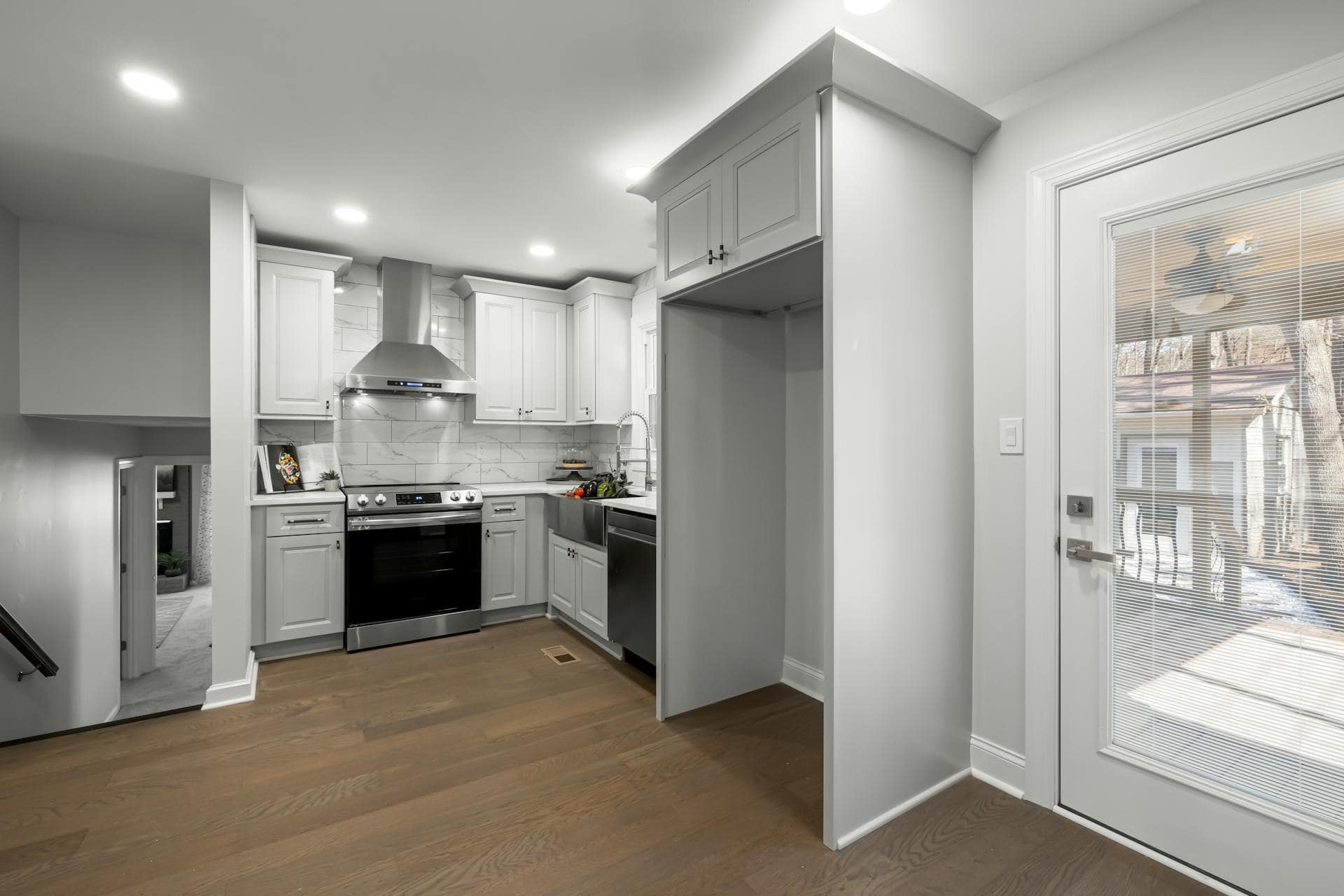
Question: How Long Does Laminate Last in a Kitchen?
Answer: Laminate flooring in a kitchen typically lasts 15-25 years. Proper installation and maintenance are key to maximizing its lifespan, which can be shortened by moisture and heavy wear.
Understanding Kitchen Laminate Lifespan
The kitchen is a unique environment, subjecting flooring to a constant barrage of spills, temperature fluctuations, and heavy foot traffic. While laminate flooring is often touted for its durability, its performance in this challenging space can vary significantly. Homeowners considering laminate for their kitchen often wonder about its true longevity. This guide aims to demystify the factors that influence the lifespan of laminate flooring in the kitchen, exploring how moisture, wear and tear, and maintenance practices can impact its overall performance.
Factors Affecting Laminate Durability
The lifespan of kitchen laminate depends on quality, installation, and maintenance. High-quality laminate with a thicker wear layer resists scratches and dents better than low-quality laminate. Proper installation, including a suitable underlayment and moisture barrier, prevents water damage. Regular cleaning and prompt spill cleanup also extend laminate’s life. Foot traffic also plays a role. A busy kitchen with children and pets experiences more wear and tear than a kitchen used less frequently.
Click here for more information on Toronto cabinet refacing
Related Article: What is the Most Desirable Kitchen Floor?
Related Article: What is the Most Durable Material for a Kitchen Floor?
Signs You Need New Laminate Flooring
Several signs indicate it’s time to replace your laminate flooring. Visible damage like deep scratches, chips, or warping signals the end of its useful life. Water damage, evident as swelling or buckling, requires immediate attention. If you notice faded colors or patterns, especially in high-traffic areas, your laminate may be nearing replacement. A persistent musty smell often indicates underlying moisture problems and potential mold growth, a serious health concern.
Extending the Life of Your Laminate
You can take steps to maximize your laminate flooring’s lifespan. Use protective pads under furniture legs to prevent scratches. Place mats at entrances to trap dirt and grit. Sweep or vacuum regularly to remove debris that can scratch the surface. Wipe up spills immediately to prevent moisture damage. Avoid using harsh cleaning chemicals that can dull or damage the finish. Consider using a damp mop with a laminate-specific cleaner for periodic cleaning. Finally, place rugs in high-traffic areas to minimize wear and tear.
Comparing Laminate with Other Kitchen Flooring Options
While laminate provides affordability and durability, other kitchen flooring options exist. Vinyl flooring offers similar water resistance and affordability, often with a wider variety of styles. Tile provides exceptional water resistance and durability but can be more expensive to install. Hardwood offers a classic look but requires more maintenance and is susceptible to water damage. Each material presents distinct advantages and disadvantages depending on budget, lifestyle, and aesthetic preferences. Consider your specific needs and priorities when choosing kitchen flooring.
Laminate Flooring Costs and Installation
The cost of laminate flooring varies depending on quality and style. Expect to pay between $2 and $5 per square foot for materials. Professional installation typically adds $3 to $8 per square foot. Factors affecting installation costs include the complexity of the project, the condition of the subfloor, and geographic location. While some homeowners choose DIY installation to save money, professional installation usually ensures better results and a longer-lasting floor. A proper installation accounts for moisture barriers and expansion gaps crucial for laminate’s long-term performance in a kitchen environment.
Conclusion
Laminate flooring offers a good balance of style, durability, and affordability for kitchens. By understanding the factors influencing its lifespan and employing proper care techniques, you can enjoy a beautiful and functional kitchen floor for many years. Considering various flooring options and understanding installation costs helps homeowners make informed decisions for their kitchen renovation projects. While laminate can last for many years, recognizing signs of wear allows for timely replacement and prevents further issues. Ultimately, selecting the right flooring and maintaining it correctly ensures a comfortable and attractive kitchen space.

Blue Malue Get in touch with Blue here.
